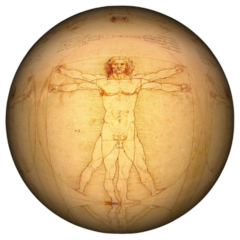The Rosetta Stone is one of the most important objects in the British Museum as it holds the key to understanding Egyptian hieroglyphs.
What is written on the Rosetta Stone ?
The writing on the Stone is an official message, called a decree, about the king Ptolemy Vth, reigned from 204–181 BC. The decree was copied on to large stone slabs called stelae, which were put in every temple in Egypt. It says that the priests of a temple in Memphis (in Egypt) supported the king.
It was discovered by a Frenchman named Bouchard or Boussard in August 1799. After the French surrender of Egypt in 1801, it passed into British hands and is now in the British Museum in London. The Rosetta Stone, is a basalt slab from Fort Saint-Julien, Rosetta (Rashīd), Egypt ;It is the most visited object in the British Museum, London.
Although it’s just a fragment of a larger rock slab, the letters and symbols chiseled into the face of the Rosetta Stone helped scholars crack the code of an ancient Egyptian writing system—and ultimately reveal the civilization’s many mysteries
Who decoded the Rosetta Stone?
It was decoded by the linguist Jean-Francois Champollion. The hieroglyphs were known to the scribes and priests and were considered god’s language. Their meaning was forgotten for centuries.
Ultimately, it was French linguist Jean-Francois Champollion who deciphered the Rosetta Stone and cracked the hieroglyphic code.
Why was the Rosetta Stone created?
The Rosetta Stone is a text written by a group of priests in Egypt to honour the Egyptian pharaoh. It lists all of the things that the pharaoh has done that are good for the priests and the people of Egypt. Jean-Francois Champollion was fascinated since childhood by Egyptomania, and he dedicated his life to the aim of becoming the finest linguist in order to crack the code of ancient hieroglyphs.
Further reading and suggested videos:
Do you like this topic? Find out more!

